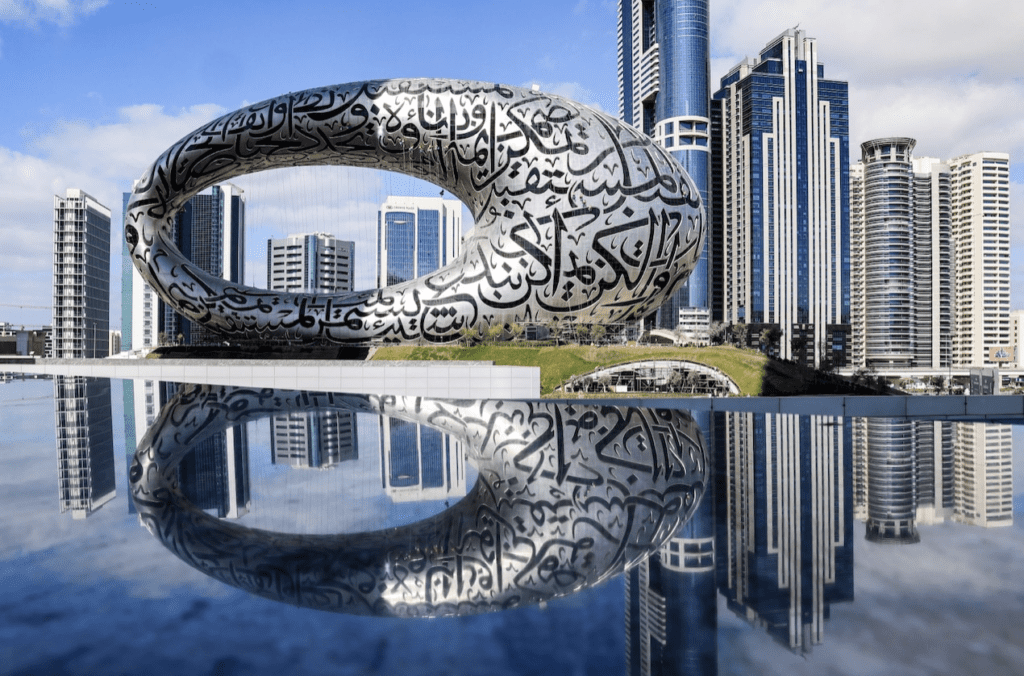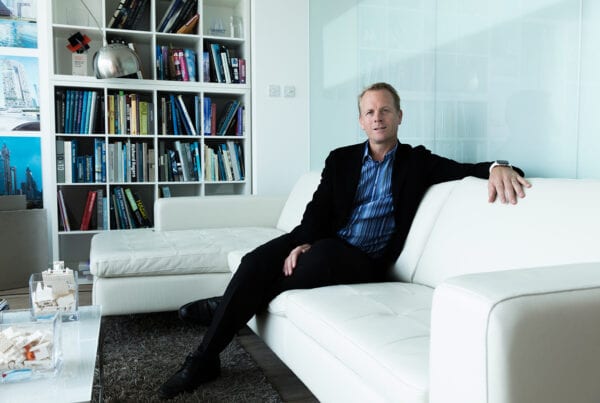When Frank Lloyd Wright’s swirling, curling concrete Guggenheim Museum opened in New York City in 1959, naysayers disparaged it as “Wright’s Washing Machine” and claimed it looked like a giant sweet roll. The museum was, wrote one New York Times critic, “a war between architecture and painting in which both come out badly maimed.”

PHOTOGRAPH BY GIUSEPPE CACACE, AFP/GETTY IMAGES
Wright’s now-iconic, nautilus-like curl was the first of many modern museums designed to captivate (and lure in) visitors with their exteriors as well as their collections. “In the past, museums were made to recall Greek temples and structures like the Pantheon in Rome,” says Patricio del Real, a professor of architecture and history at Harvard University. But these structures could be austere, intimidating, and overtly Eurocentric, so, says Del Real, “As society became more pluralistic, people began to demand different representations, and museum forms and imagery had to change.”
That meant goodbye Roman columns, hello revolutionary elements like the laser-cut aluminum lattices on architect David Adjaye’s National Museum of African American History and Culture in Washington, D.C. or a planetarium formed from a floating sphere at the just-opened Shanghai Astronomical Museum. At the latter, architect Thomas J. Wong says he envisioned “giving the building the real astronomical motion of the earth orbiting the sun, which means walking through the museum is almost a teaching tool.”
Many experts attribute this 21st-century building boom of striking showplaces to the “Bilbao effect,” as in the Guggenheim Museum Bilbao. When it opened in 1997, the museum put the northern Spanish city on the contemporary art map via Frank Gehry’s voluptuous glass curves and gleaming facade.
Planners and curators realized a flashy, design-forward museum could transform a city’s skyline—and its tourist appeal—the way the Eiffel Tower or the Empire State Building did generations before. “People want a sense that visiting a museum can be exciting and memorable,” says Wong. “A beautiful exterior helps convey that.” Come for the selfie-taking op outside, stay for the paintings or artifacts inside.
Newer museums with astounding architecture are boosted by technological innovations including 3D modeling and parametric construction (key to the United Arab Emirates’ fiberglass-and-steel, lopsided hula hoop-esque Museum of the Future) and ever-stronger, ever-more refined materials and tools (laser-guided saws, tissue-thin exterior fiberglass). At the V&A Dundee, Japanese architect Kenzo Kuma used an innovative, river-sluicing dam and planks of precisely cast concrete to create a ship-like showplace on the Scottish city’s waterfront.
“What these architects have in common is this need to mobilize tourists by creating an iconic building,” says Del Real. “They are aiming for spaces the city can feel proud of and embrace.” These 14 museums are worth seeing for both their exterior design and the treasures and knowledge within.
Source: https://www.nationalgeographic.com/travel/article/worlds-most-beautiful-museums


